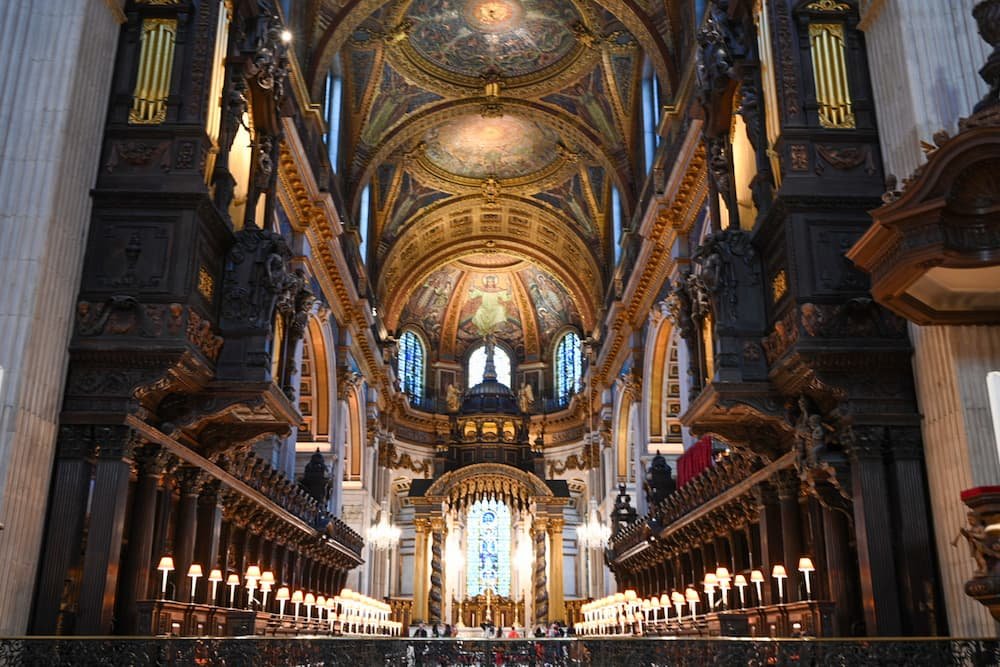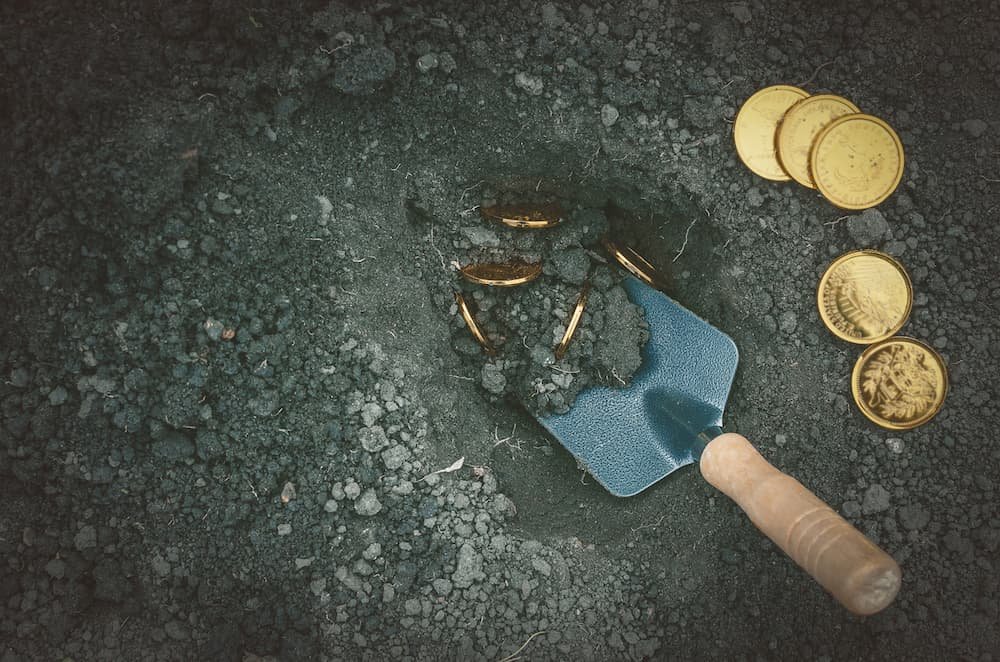Thermal imaging cameras are essential for helping us maintain our modern way of life. These high-tech cameras are invaluable for condition monitoring and preventative maintenance across every sector. Domestic home insulation surveys, commercial electrical surveys and industrial machinery thermographic assessments are a sample of the many applications that thermal imaging cameras are used for.
These modern cameras are not only effective for protecting our present, but most people are unaware of how good thermal imaging cameras are at preserving our past. The non-invasive methods inherent to surveys conducted with these cameras are invaluable when assessing fragile artworks, searching for history or checking an ancient building's condition.
How Do Thermal Cameras Operate?
Thermal imaging cameras work by reading Infrared light. This section of the electromagnetic wavelength is invisible to the naked eye, but we can feel it. Infrared light is connected to thermal energy or heat, and every object that has a temperature above absolute zero will be emitting infrared radiation.
These cameras are equipped with silicone or germanium lenses that conduct the infrared radiation into internal detectors for analysis. The camera's internal electronics will process the captured signals into a mathematical equation that informs a colour map of what you're observing. This radiometric image then allows temperatures to be read from the picture, whether that’s on the back of the camera or on associated software later.
Thermal Historic Building Surveys
Historic buildings have pride of place in many cultures. Ancient structures that have stood the test of time will seem as integral to the nation as any modern addition. Quite often, these buildings are a source of significant tourism as people attempt to connect with the history contained within these building walls. Historic England uses thermography to check the status of its protected buildings for preventative maintenance and to diagnose any unforeseen problems.
Like any modern building, these aged ones will need monitoring for any potential maintenance. Features such as the effectiveness of insulation, growing moisture and physical defects are all issues that affect buildings built in any century. However, historic buildings come with extra challenges, as a current structure can easily have its walls or floor replaced when an invasive survey is conducted. Alternatively, historic buildings will have priceless artefacts and materials that are impossible to replace. Thermography for non-invasive surveys will limit the impact of these repeated maintenance checks until invasive solutions are critically needed.
Archaeological Assessments
Searching for history is a significant challenge for archaeologists, but it can be made easier thanks to new technologies like thermal imaging. Since the 1970s, archaeologists have been exploring ways of implementing this technology in the field to assist with finding subtle hints of history buried in the ground.
The essential concept of thermographic readings is that everything gives off an IR (infrared) heat signature that the sensor can read on the camera. In archaeological thermography, the sun will heat the ground daily, but anything hidden beneath (such as artefacts or partial structures) will be heated at a different rate. Physical objects will stand out from their surrounding organic earth due to the temperature differences throughout the day. Thermal imaging cameras can quickly identify any areas that are unusually hot or cold in the subsurface and tag them for investigation by archaeologists. Thanks to compact, handheld cameras, archaeologists can swiftly assess an entire field and locate the areas of interest for further analysis. For example, an ancestral Pueblo settlement in New Mexico has been accurately detailed whilst in the sub-surface layers, thanks to the application of thermography.
For many years, thermal imaging cameras were difficult to acquire, and ground penetrating radar was used instead. However, with the advancements in thermographic technology, it's now much easier to hire a thermal imaging camera for this purpose. As a result, more archaeologists are embracing this user-friendly and cost-effective solution.
IR Art Appraisals
When it comes to art, thermal cameras are used in operation called infrared reflectography. Art conservators will use this method to analyse paintings in far greater detail than ordinarily possible. Using the non-invasive thermal analysis, these experts can reveal the underlayers of a painting passively.
They use these devices to attempt to compare the initial drawing on the canvas with the layers of paint added on top of it and look for differences. This is achieved by the use of black carbon (or charcoal) on the initial drawing and how it absorbs and emits IR radiation, hence the name infrared reflectography. By comparing the various layers with this base drawing layer, historians can analyse the working methods of great artists and assess if a piece is genuine or has been faked without harming the art itself.
Thermal Imaging Cameras From Thermascan
At Thermascan, we supply a broad range of high-end FLIR thermal imaging cameras for sale or hire. These practical surveying tools have been used to assist many varied sectors and industries, ensuring that the past and present are all maintained for a brighter future.





